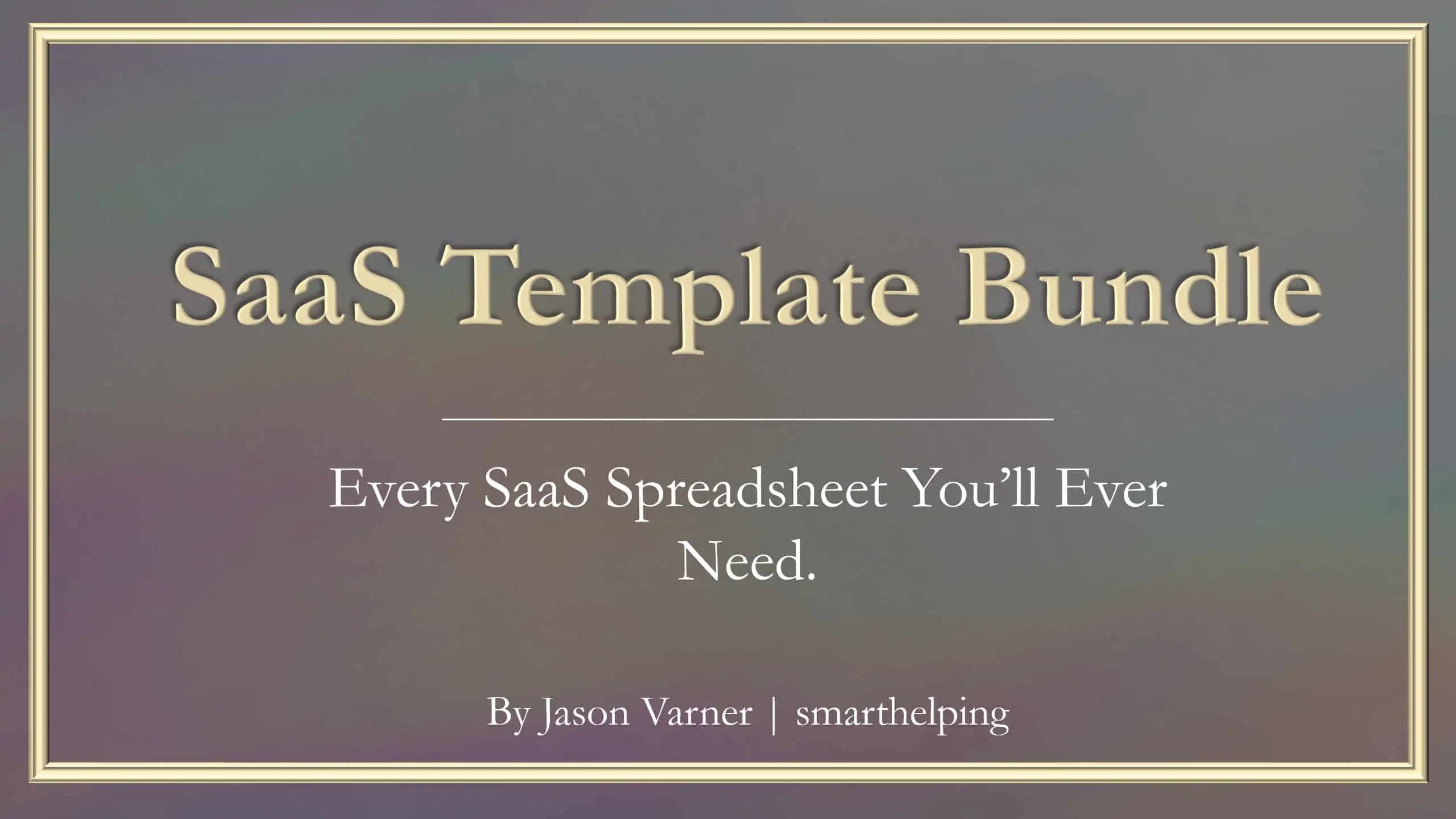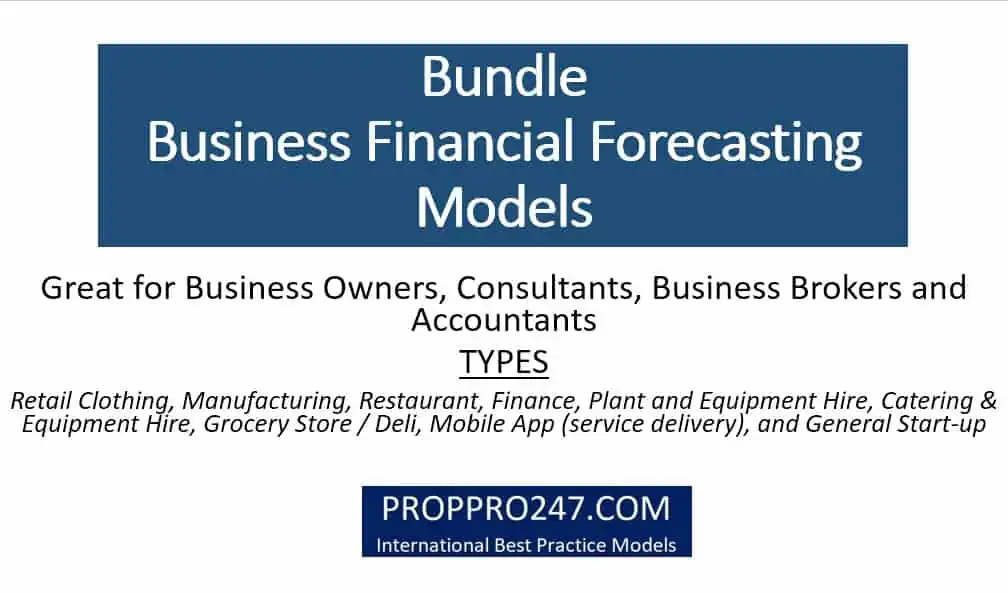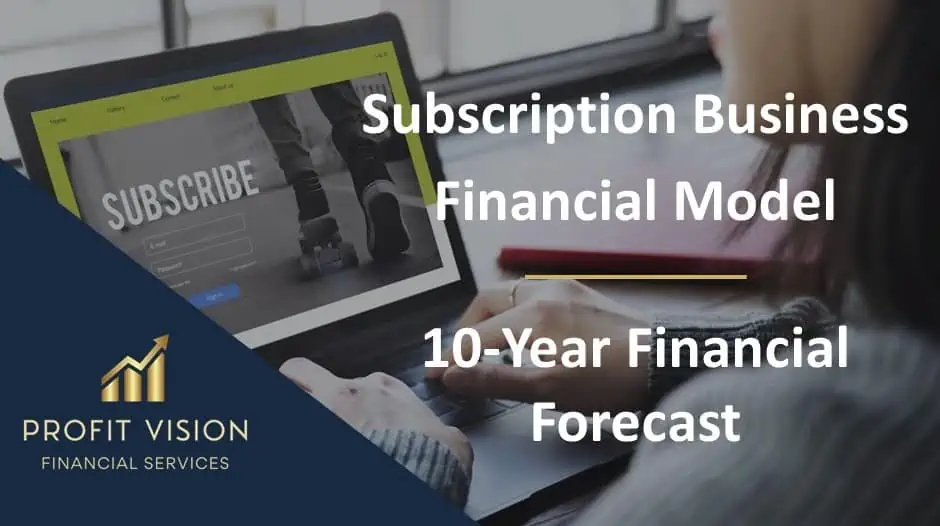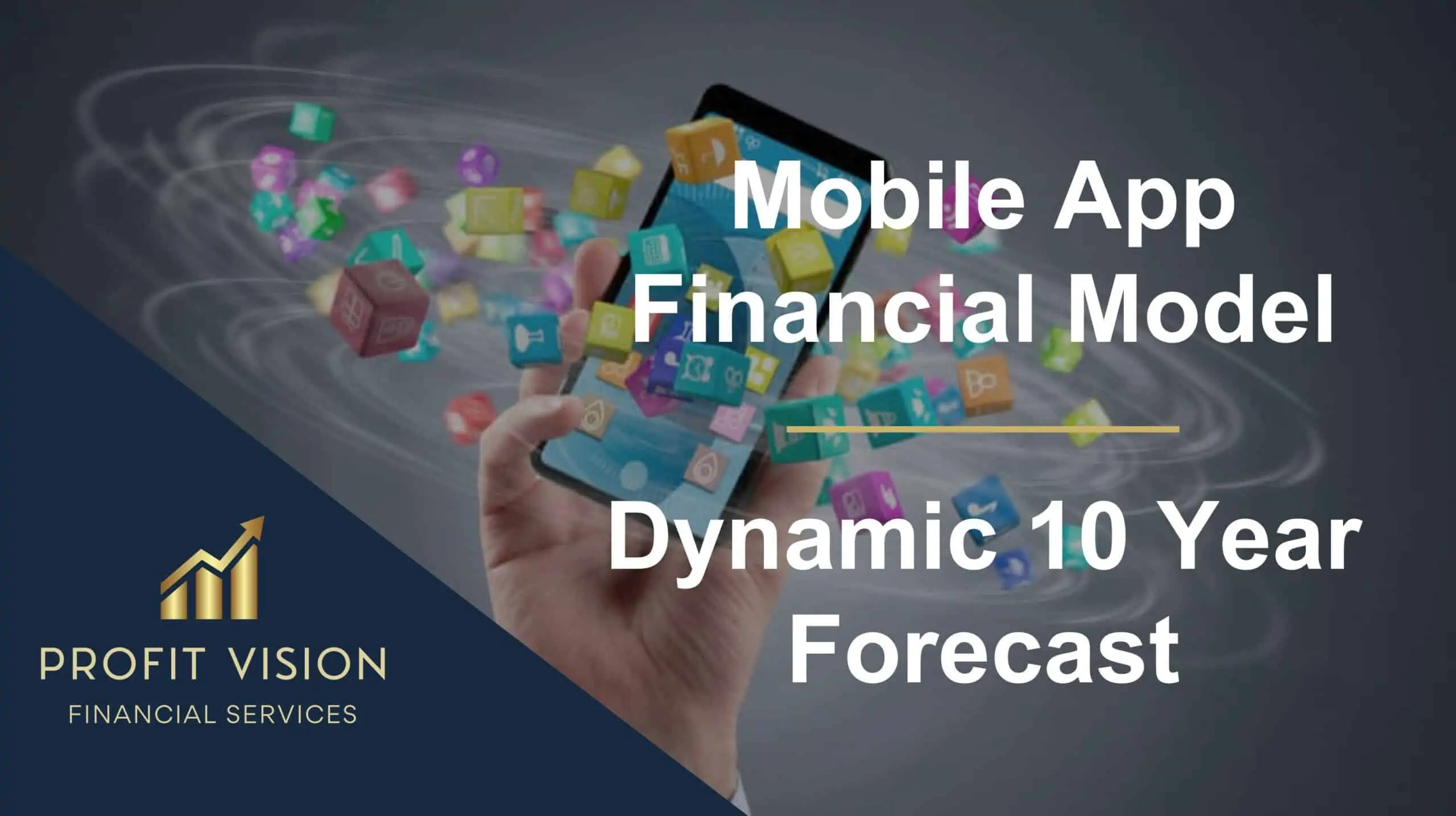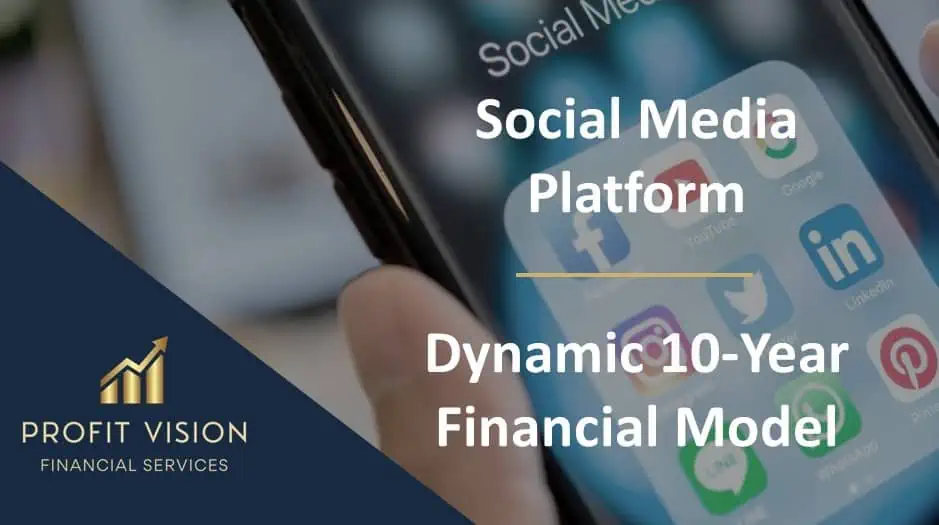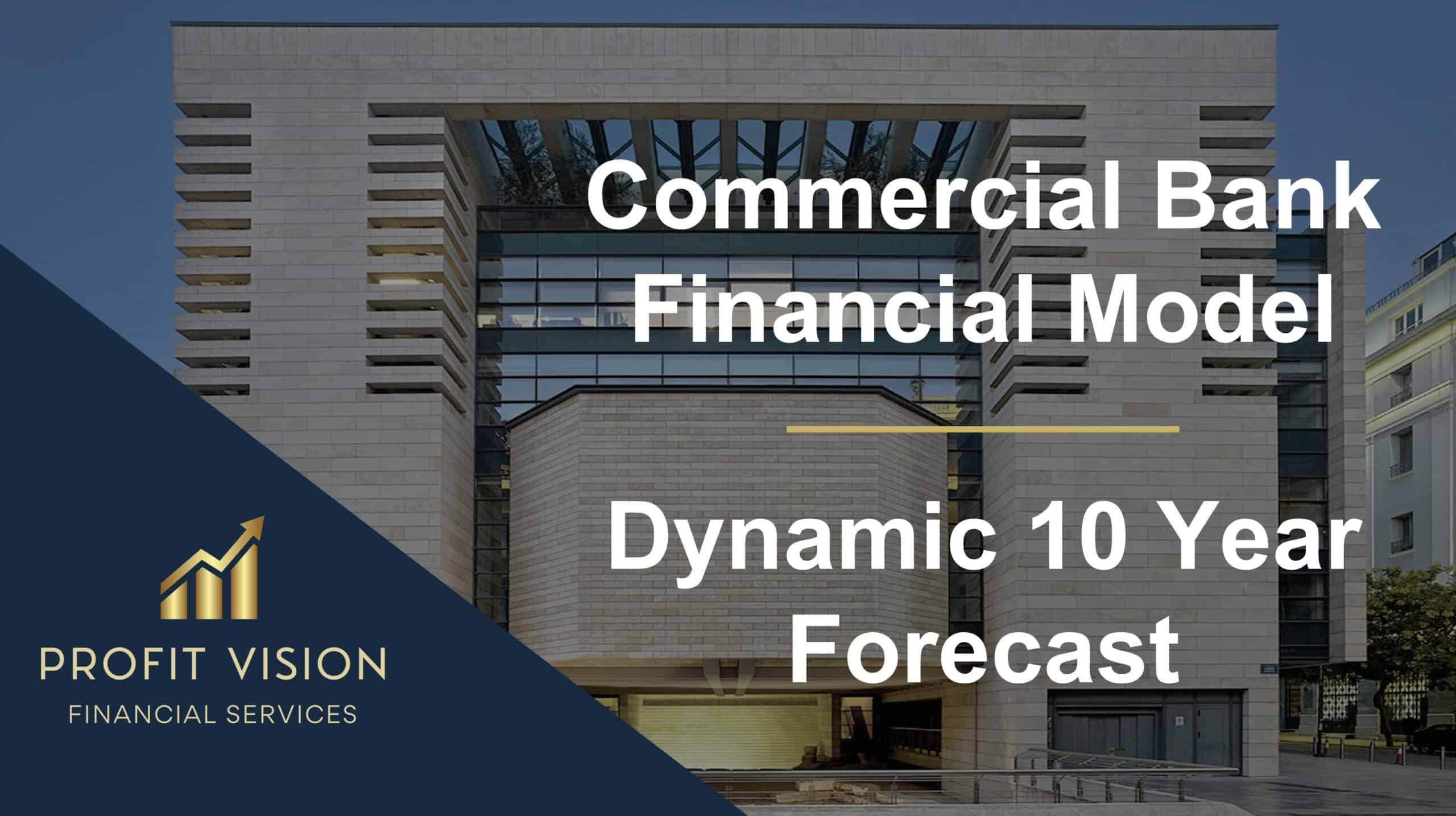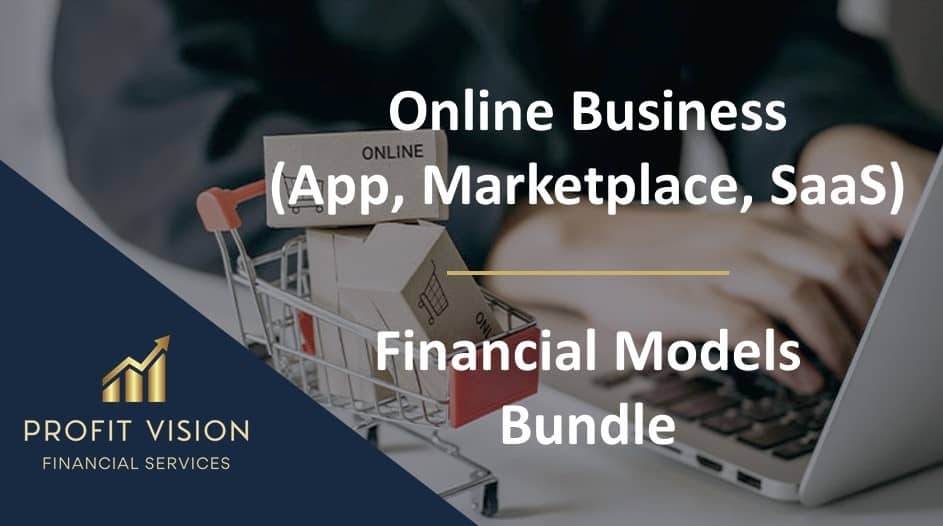Online Payments Platform – 5 Year Financial Model
Financial Model providing an advanced 5-year financial plan for a startup Online Payments Platform providing internet-based payment methods to business and personal accounts.

Financial technology (better known as fintech) is used to describe new technology that seeks to improve and automate the delivery and use of financial services. At its core, fintech is utilized to help companies, business owners, and consumers better manage their financial operations, processes, and lives. It is composed of specialized software and algorithms that are used on computers and smartphones. Fintech covers a wide range of use cases across business-to-business (B2B), business-to-consumer (B2C), and peer-to-peer (P2P) markets. One example of a fintech-type company is an online (digital) payment platform, which is the business scenario analyzed in this financial model.
The model presents an advanced 5-year financial plan for a two-sided startup business model where the company makes money from both merchants and consumers. The platform generates revenue from merchants primarily by charging fees for completing their payment transactions and other payment-related services. It also makes money from consumers on fees charged for foreign currency conversion and instant transfers from their platform account to their debit card or bank account. Other sources of revenue include interest, other revenue from credit product programs, and other miscellaneous fees.
This Financial model is a flexible tool for business owners to forecast their financial and operational activities and project their returns on investment and includes assumptions and calculations of Platform Development, Customer Acquisition through Paid and Organic Marketing, Revenue assumptions for Business and Personal Accounts, Payroll, Cost of Sales & Operating Expenses, Fixed Assets & Depreciation, Financing through Debt & Equity and Exit Valuation assumptions in case of a potential sale of the business.
The structure of the template follows Financial Modeling Best Practices principles and is fully customizable.
Detailed instructions for the functionality of the model are included in the Excel file.
Model Inputs and Setup Reports:
• General Setup Assumptions, incl. Platform Development & Company Setup Costs, Customer Acquisition, Sources of Revenue & Cost of Sales, and Financing (Debt & Equity)
• Payroll, OpEx, VAT and Annual Capex, incl. Depreciation Schedule
• Model Supporting Calculations incl. Total Active Accounts, Transactions Volume, Revenue & Service Related Costs, OpEX, etc.
• WACC Calculation & Comparable Companies Valuation Analysis
Output Reports:
• 5-Year Monthly Budget Analysis and Monthly Budget Summary per Year
• 5-Year Annual Financial Statements (3 Statement model)
• Break-Even Analysis
• KPIs & Financial Ratios, including several Profitability, Efficiency, Liquidity, and Leverage (Solvency) Ratios
• Dupont Analysis
• Performance Dashboard
• Business Valuation, including DCF Model, Return Metrics (NPV, EV, IRR, MOIC, Payback, etc.), and Sensitivity Analysis
• Investors Returns Waterfall Model
• Professional Executive Summary
Help & Support
Committed to high quality and customer satisfaction, all our templates follow best-practice financial modeling principles and are thoughtfully and carefully designed, keeping the user’s needs and comfort in mind.
Whether you have no experience or are well-versed in finance, accounting, and the use of Microsoft Excel, our professional financial models are the right tools to boost your business operations!
If you experience any difficulty while using this template and cannot find the appropriate guidance in the provided instructions, please feel free to contact us for assistance.
If you need a template customized for your business requirements, please e-mail us and provide a brief explanation of your specific needs.
Similar Products
Other customers were also interested in...
Buy Now Pay Later (BNPL) Platform – 5 Year F...
Financial Model presenting an advanced 5-year financial plan for a startup BNPL Platform which provi... Read more
Fintech Financial Models Bundle
Financial technology (better known as fintech) is used to describe new technology that seeks to impr... Read more
SaaS Financial Model Bundle
This is a bundle of Financial Model Templates for SaaS businesses and their related sectors such as ... Read more
Bundle – Business Financial Forecasting Mode...
The purpose of this Bundle of Business Forecasting and Financial Models is to assist Business Owners... Read more
Subscription Business – 10 Year Financial Model
Financial Model providing a 10-year financial plan for a startup or operating Subscription Business.... Read more
Mobile App Financial Model – Dynamic 10 Year For...
Financial Model providing a dynamic up to 10-year financial forecast for a Mobile Application Busine... Read more
Social Media Platform – Dynamic 10 Year Financia...
Financial Model providing a dynamic up to 10-year financial forecast for a startup Social Media Plat... Read more
Commercial Bank Financial Model – Dynamic 10...
Financial model presenting an operating and valuation scenario for a Commercial Bank The model ca... Read more
Online Business Financial Models Bundle
A collection of six Online Business Financial Models offered at a discounted price you can’t miss!... Read more
Financial Model for Mobile App | Mobile App Busine...
The Mobile App Financial Plan Template in Excel allows you to develop financial projections when lau... Read more
You must log in to submit a review.





















